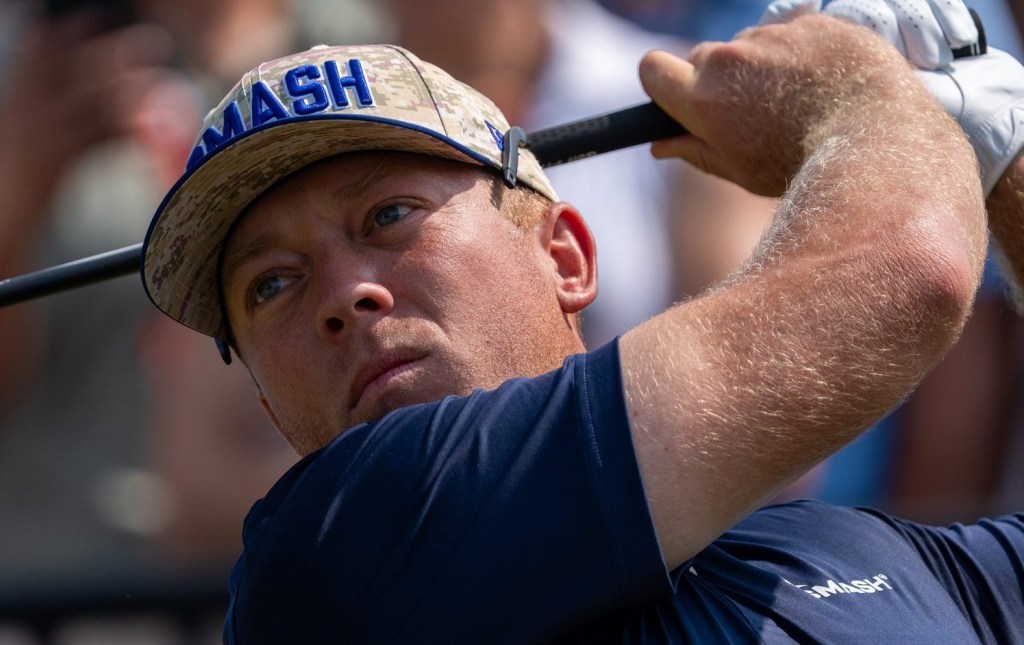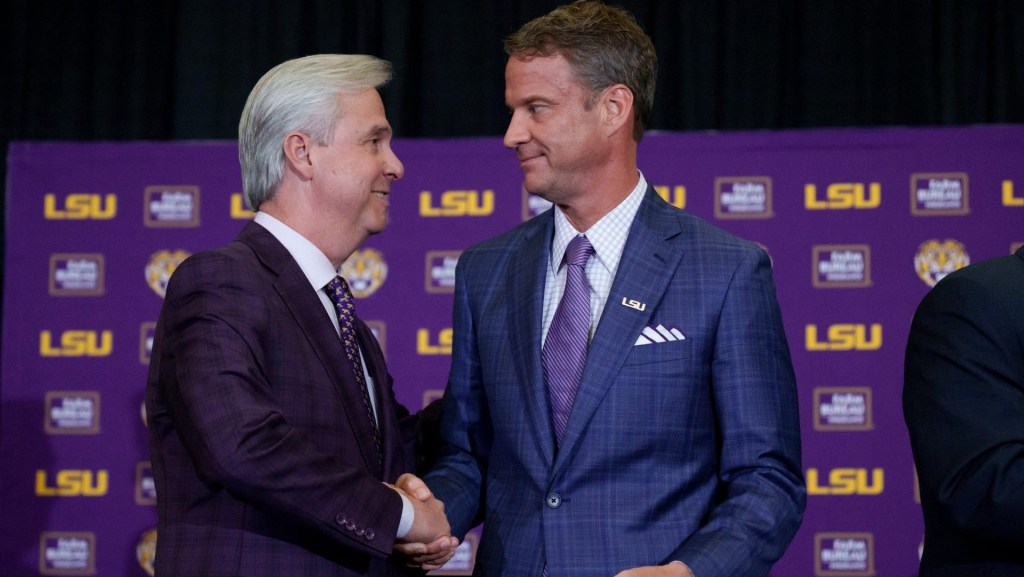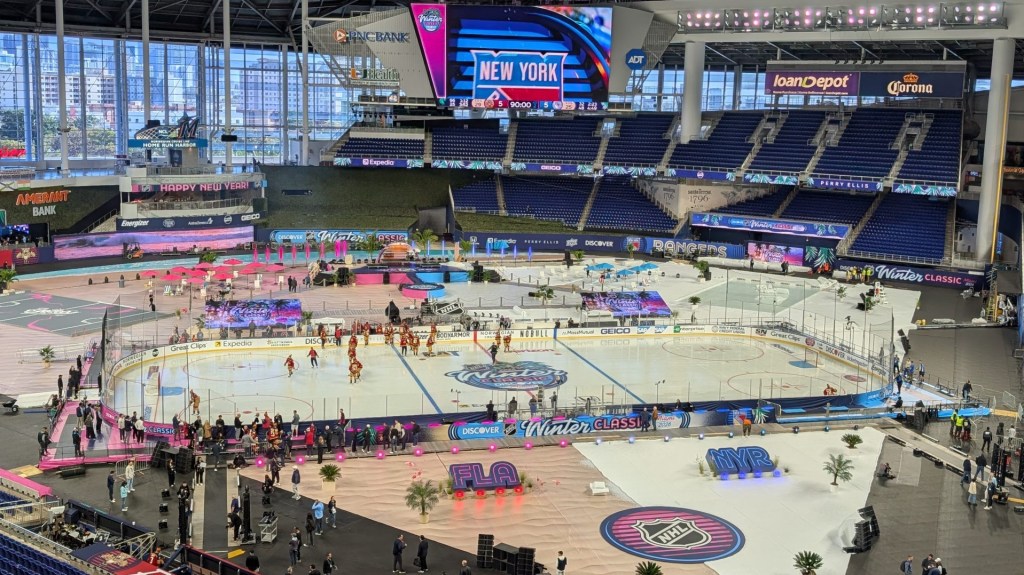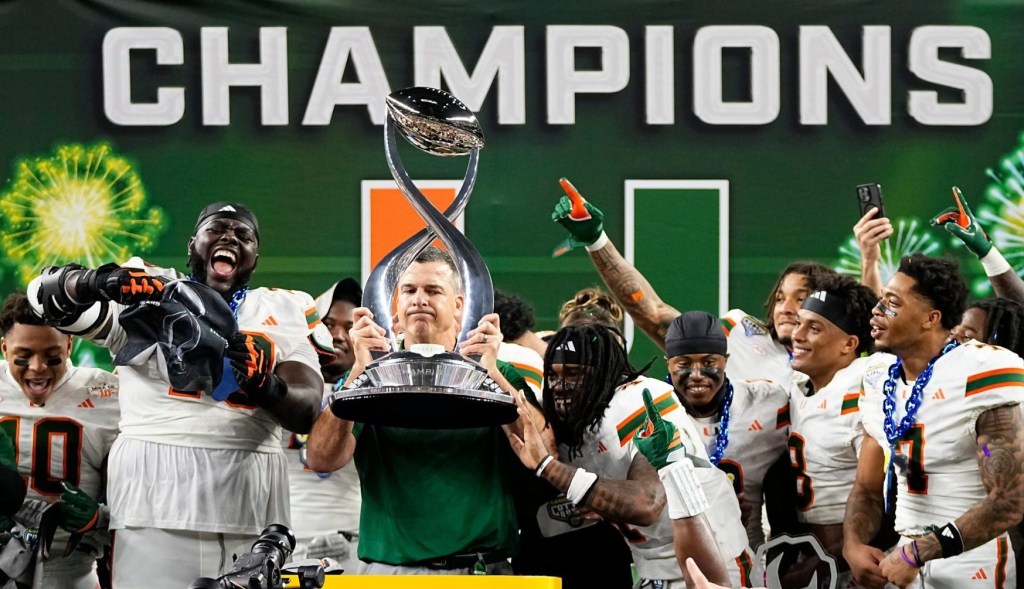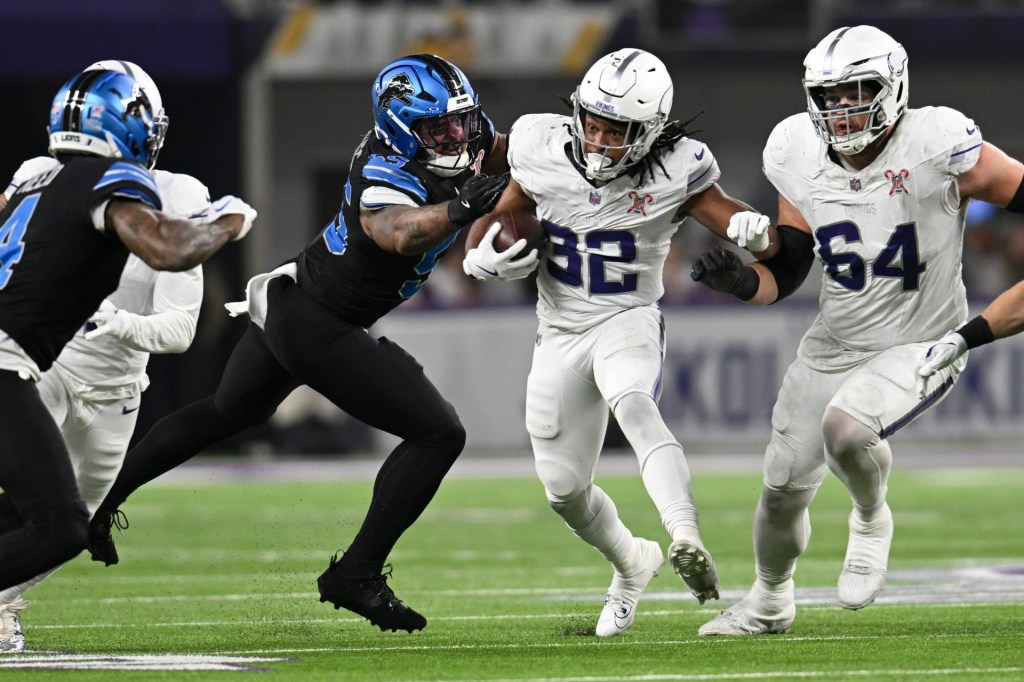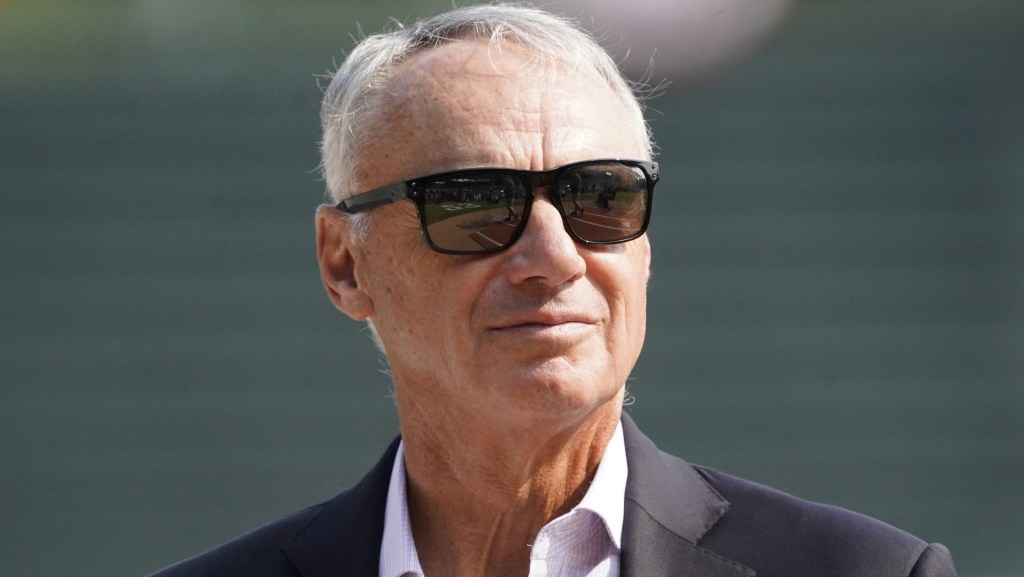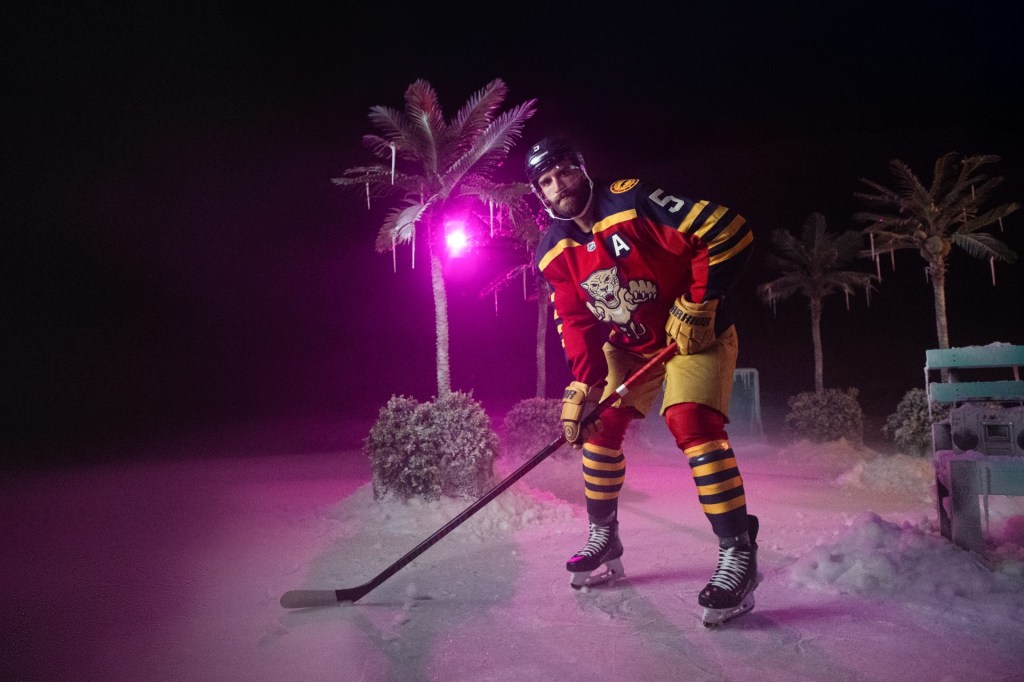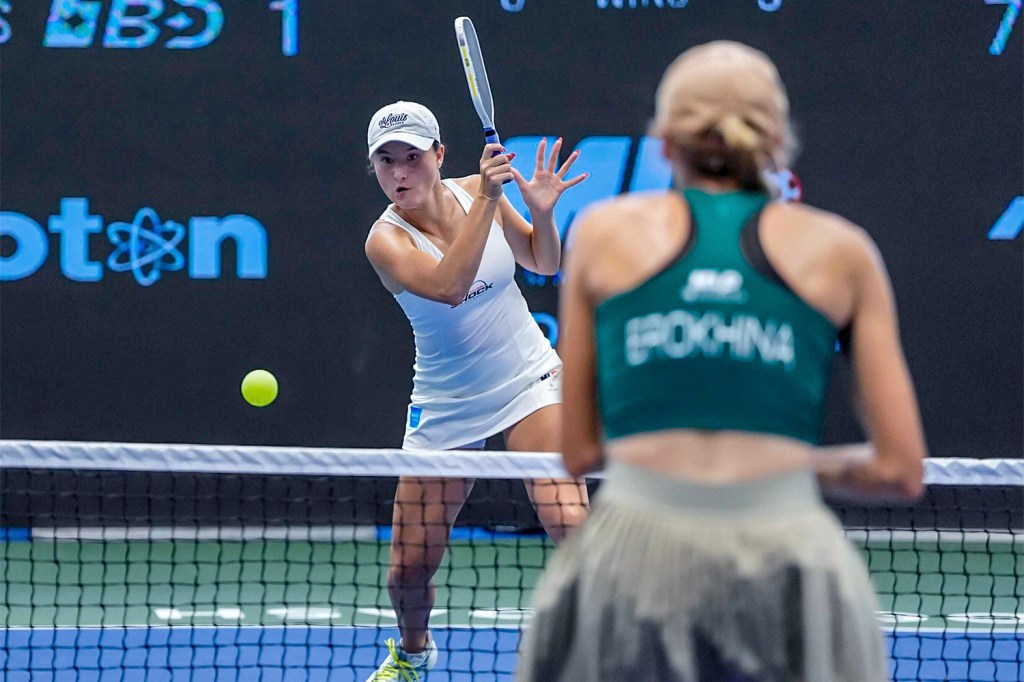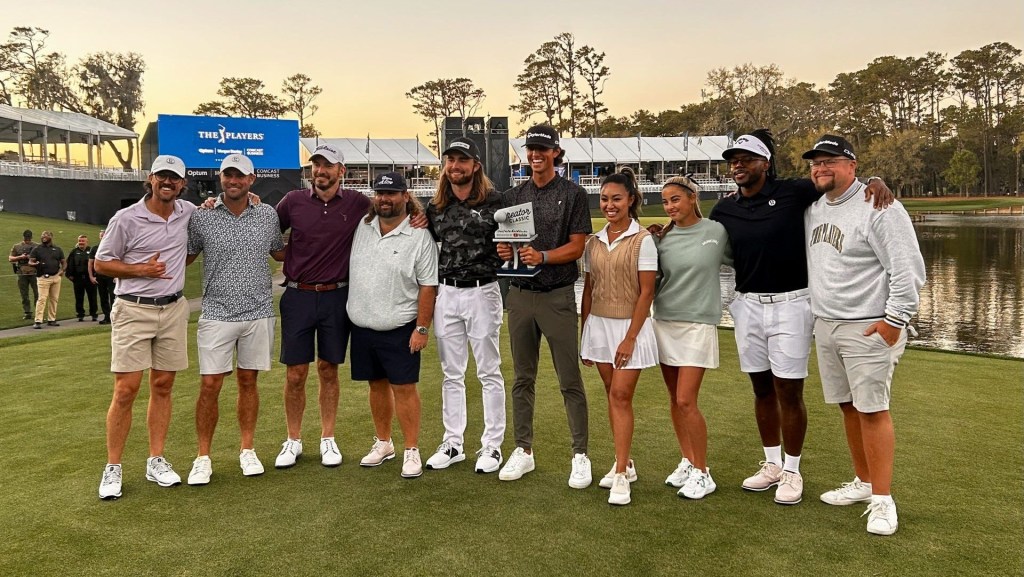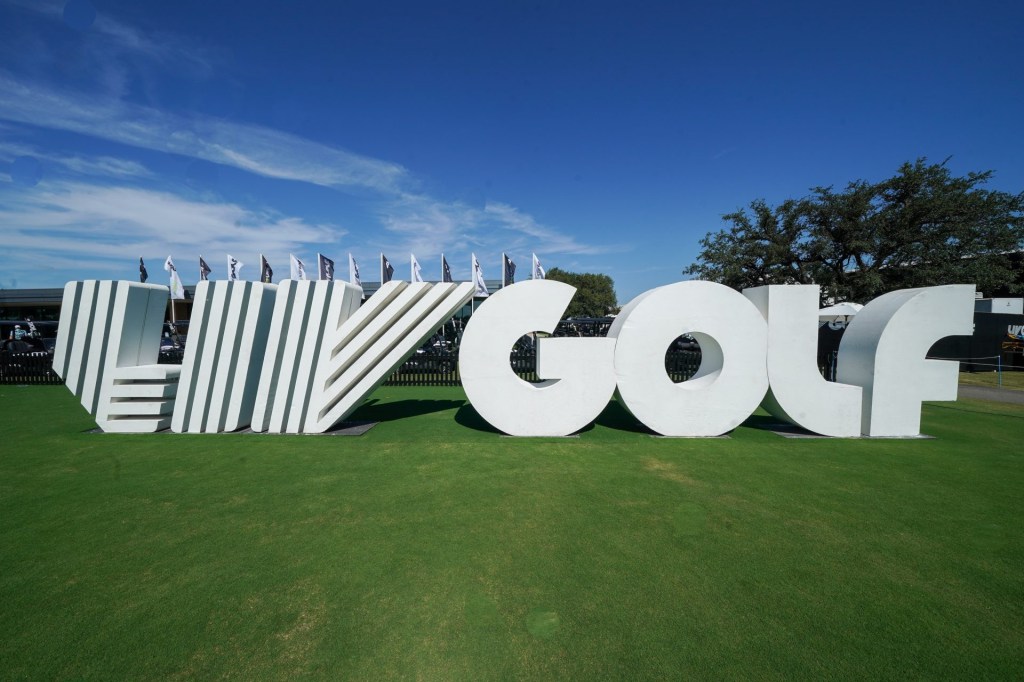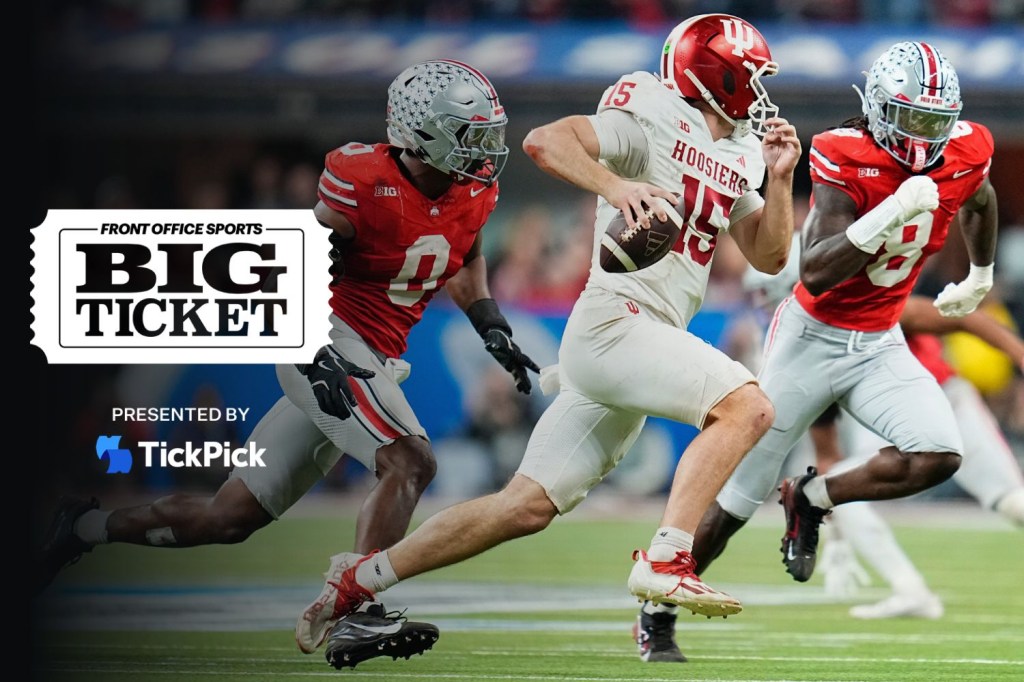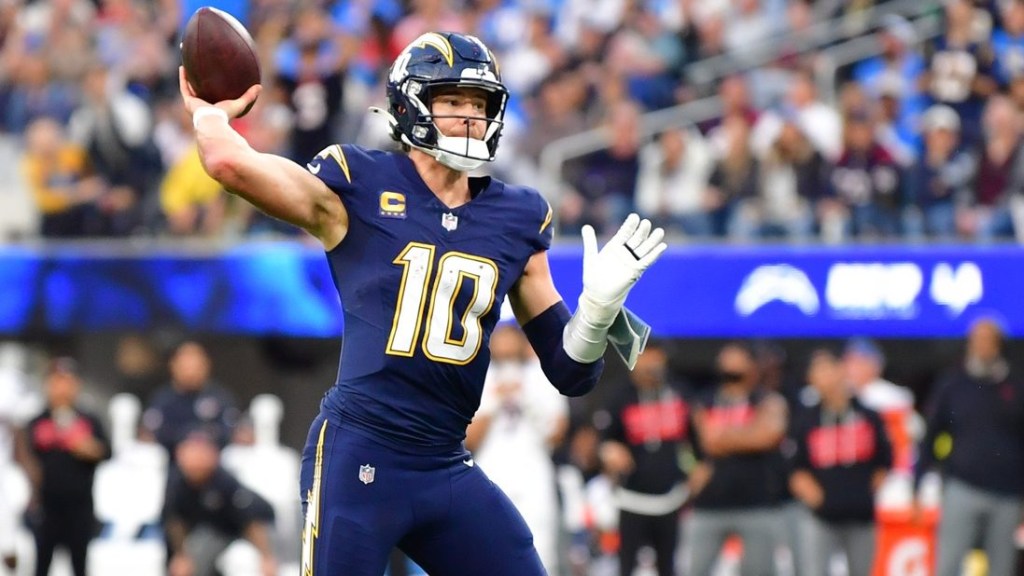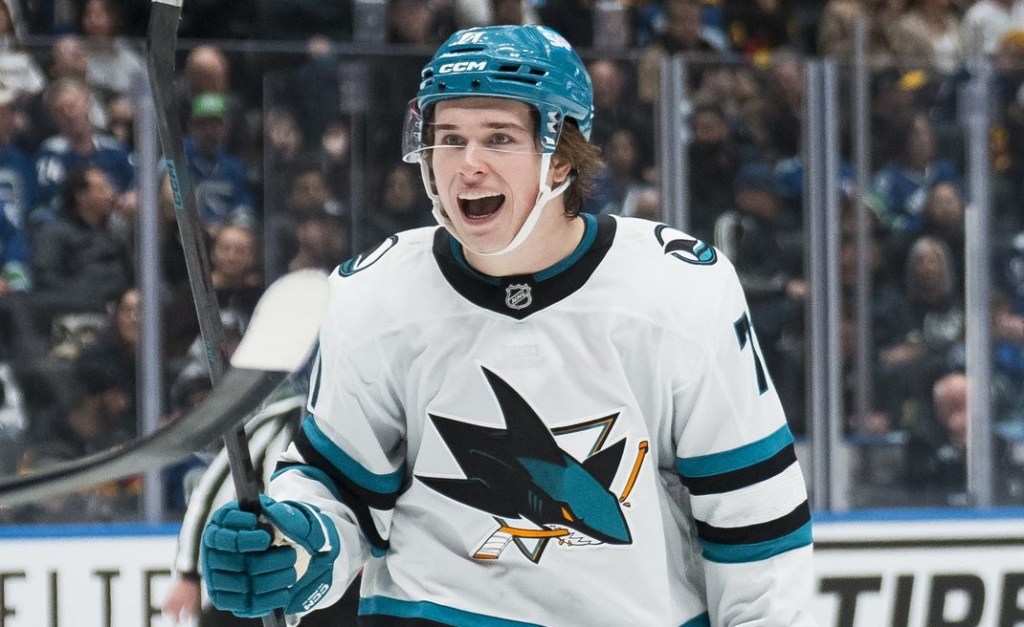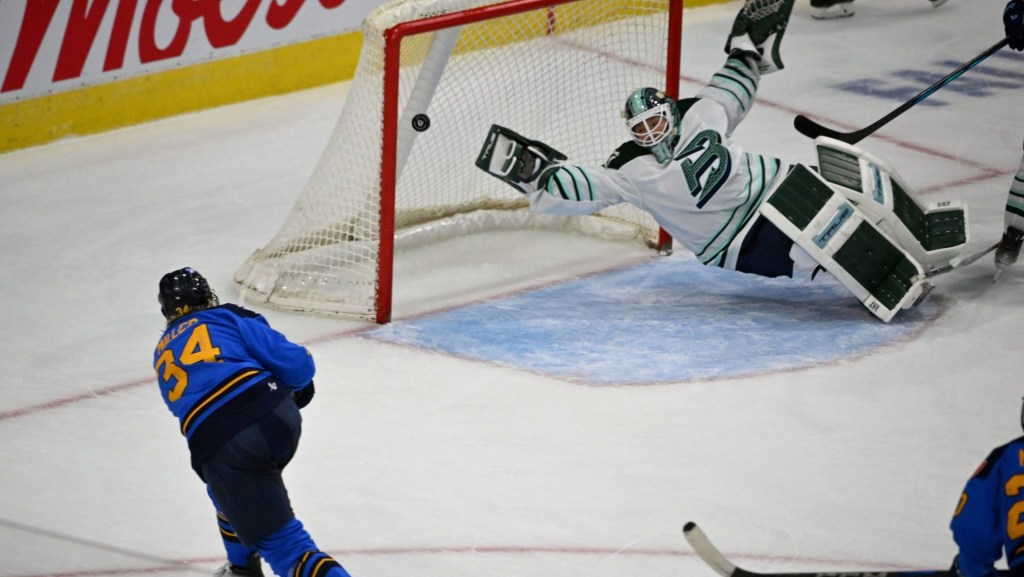The Yankees are in the midst of potentially torpedoing their season, losing 16 of the last 24 games in what has now become a fairly regular midyear swoon. The torpedo bats that originally helped vault the Yankees’ 2025 campaign and touched off a craze across baseball, however, are still going strong in many corners of the sport.
More than three months after an early-season offensive outburst by the Yankees first created national attention around torpedo bats, several manufacturers say demand for the oddly shaped—but legal—bats remains strong. After several company records were set in April by manufacturers such as Chandler Bats, Hillerich & Bradsby Co., Marucci Sports, and Victus Sports, orders are still actively coming in from nearly every level of play.
“The torpedo craze first hit like a tsunami. It was a lightning-in-a-bottle moment, and it definitely caught everybody by surprise, but there’s still a lot of curiosity around these bats,” Chandler Bats CEO Benjamin Chase tells Front Office Sports, adding that more than a quarter of the company’s current orders are for torpedo models. “I mean, my mother even called me about torpedo bats.
“There’s no one size fits all, and it’s definitely not for everybody. But we see the torpedo bats as something that’s definitely here to stay. I think we’re going to see a continued influx of interest through the fall and spring as players prepare for 2026, as well as a higher level of customization among individual players,” Chase says.
That sentiment exists even as key MLB offensive statistics—such as runs scored, batting and slugging averages, and home runs per game—remain almost identical to last year and right in line with broader historical norms.
Far from New York and the run of publicity the Yankees created, MLB’s hottest hitter, Mariners catcher Cal Raleigh, remains a torpedo bat user after converting in April. The switch-hitting Raleigh, who leads the league with 36 home runs, uses a torpedo bat exclusively from the left side, where he’s hit 22 of those round-trippers, including one in the Bronx against the Yankees on Tuesday night. Other newly named 2025 All-Stars who are also torpedo bat users include the Yankees’ Jazz Chisholm Jr., the Reds’ Elly De La Cruz, the Mets’ Francisco Lindor, and the Marlins’ Kyle Stowers.
“If it’s working, it’s working,” Raleigh said earlier this season of the torpedo bats. “So I’m going to keep using it.”
Such is the continued intensity around torpedo bats that MLB’s top simulation video game, the Sony Interactive Entertainment–produced MLB: The Show, added torpedo bats to the game in late May. The addition was more of a visual change than something that altered gameplay, but it nonetheless reflected the developer’s commitment to realism, as well as the real-world presence the bats are having on the sport.
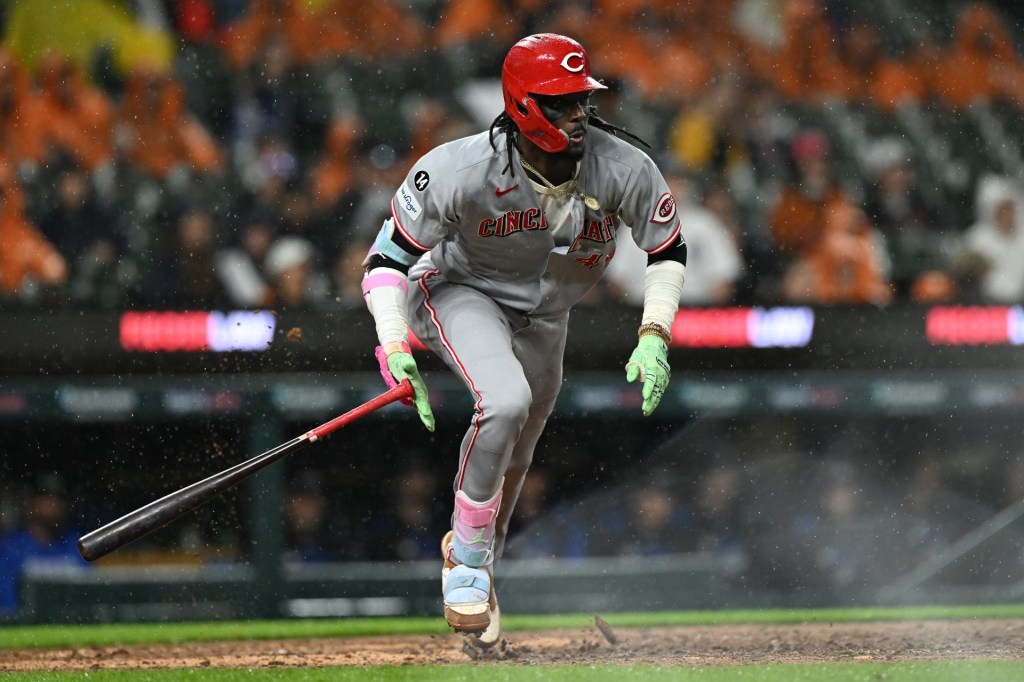
The sustained interest in the elongated bowling-pin-shaped bats is tied to a bigger push around the game to understand better exactly where batters most frequently make contact. Therein lies the primary attribute of torpedo bats: pushing more bat mass to the sweet spot of the barrel and closer to the handle. So long as the bats overall do not exceed a maximum diameter of 2.61 inches, they remain legal by MLB standards.
Those kinds of analytics are hardly new at the MLB level, but advanced tools have made such data more readily and affordably accessible at lower levels of baseball.
Another related shift helping to advance the adoption of torpedo bats, particularly at amateur levels of play, is the rise of experiential retail settings. Stores such as Dick’s House of Sport operated by retail chain Dick’s Sporting Goods offer full-size batting cages with HitTrax analytics to deliver key measures such as exit velocity and launch angle.
“We’re still in the early stages of where this will all go, but those kinds of concepts are really helpful,” Chase says. “Normally, [amateur] players would be left to just holding a bat in the aisle, trying to get a feel for it, and things like House of Sport take it to a whole other level.”
Raleigh, meanwhile, is also one of the confirmed players for next week’s Home Run Derby in Atlanta, where the torpedo bat could reach an even greater level of prominence. He is also the first switch-hitter in the Derby since the Orioles’ Adley Rutschman two years ago, and like Rutschman, could feature the even-rarer feat of showcasing his power from both sides during the competition.
“Obviously right field feels a lot shorter, a lot easier to hit it out,” Raleigh said of Truist Field’s dimensions, and the likelihood of his batting left and bringing out the torpedo bat during the competition. “I mean, [batting] left is looking pretty promising, yeah. But I mean, I feel like it’d be cool to do both.”

